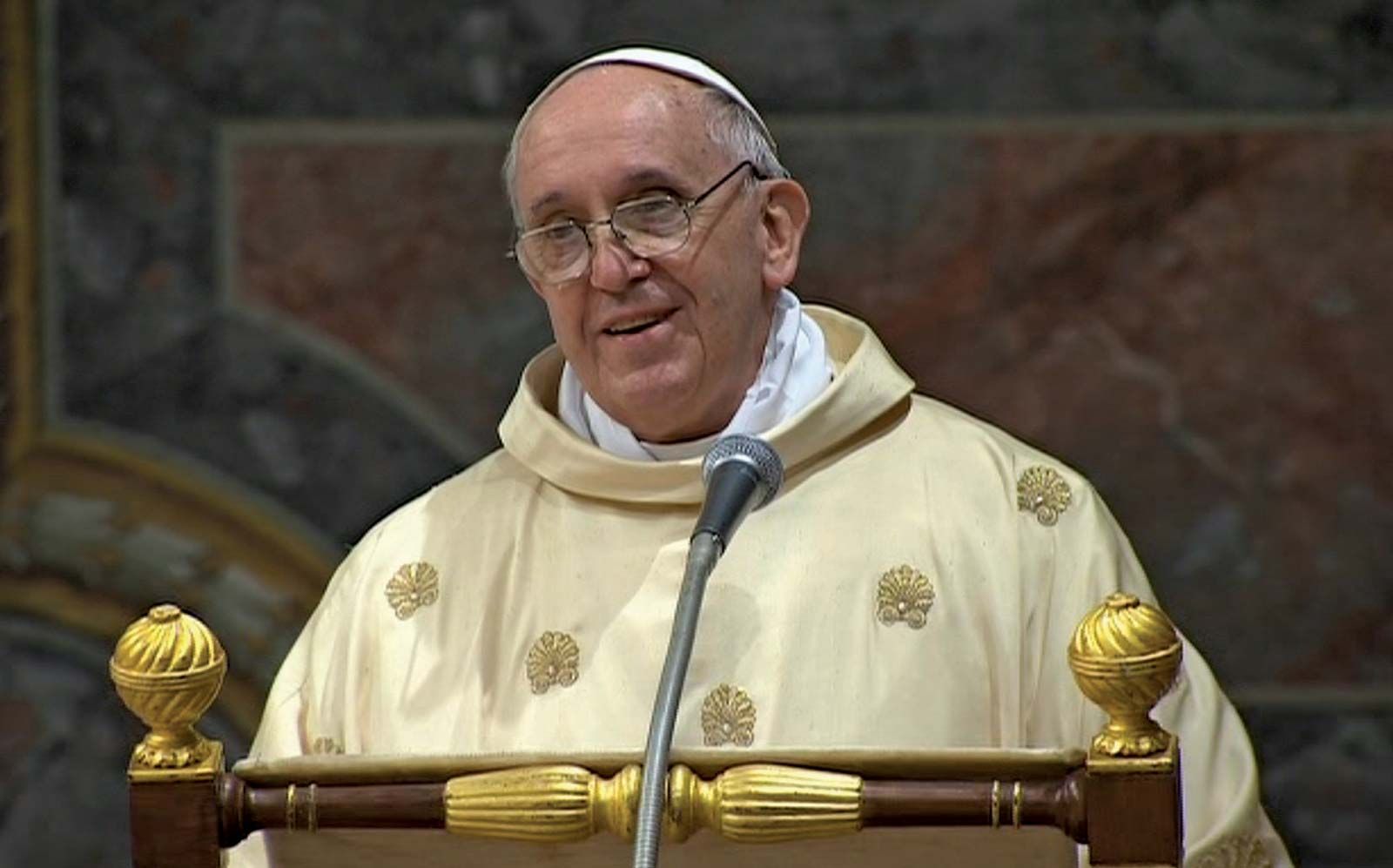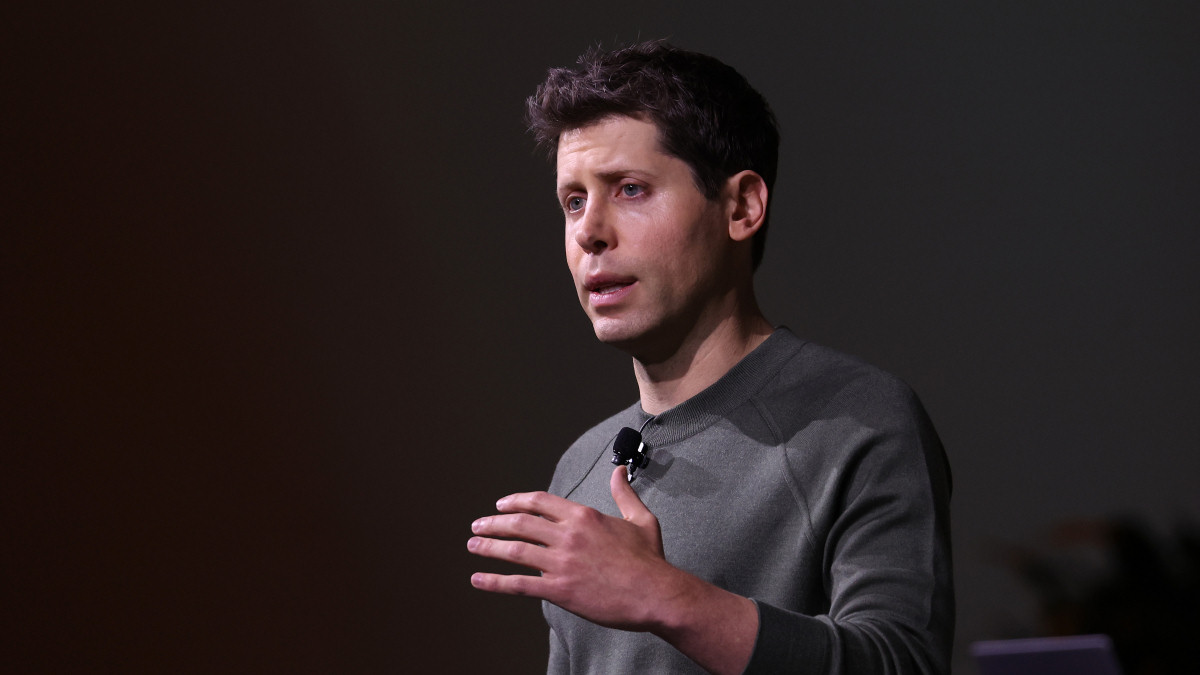Ukraine Conflict: Trump's Plan And Kyiv's Crucial Decision

Table of Contents
Trump's Proposed Plan: A Critical Analysis
Donald Trump's previously stated positions on the Ukraine conflict offer a stark contrast to the current Biden administration's approach. His proposed strategy, though lacking specifics at times, generally emphasized negotiation and a more transactional relationship with Russia, potentially at the expense of unwavering support for Ukraine's territorial integrity. Let's analyze the key elements:
-
Emphasis on Negotiation and Diplomacy: Trump consistently advocated for direct negotiations with Russia, suggesting a willingness to compromise on certain issues to achieve a peace agreement. This approach prioritized ending the conflict quickly, even if it meant concessions on Ukrainian territory.
-
Potential Changes in Military Aid and Sanctions Policy: While Trump supported providing some military aid to Ukraine, his approach potentially involved a reevaluation of the extent and nature of this aid, and a less aggressive stance on sanctions against Russia. This could have weakened the West's collective pressure on Moscow.
-
Assessment of the Likelihood of Success: The likelihood of success under Trump's proposed plan is highly debatable. Given Russia's continued aggression and annexation of Crimea, securing a lasting peace through negotiation alone, while potentially sacrificing Ukrainian land, appeared highly challenging.
-
Criticisms and Counterarguments: Critics argue that Trump's approach risked appeasing Russian aggression, undermining the sovereignty of Ukraine, and potentially emboldening autocratic regimes globally. The potential for Russia to exploit any perceived weakness in the West's resolve was a major concern.
Kyiv's Strategic Choices Amidst the Conflict
Kyiv's strategic choices are incredibly complex, balancing the urgent need for peace with the preservation of national sovereignty and territorial integrity. Their decisions are significantly influenced by the level of Western support, ongoing military operations, and diplomatic efforts.
-
Balancing Western Support with Maintaining National Sovereignty: Kyiv must carefully navigate its relationship with Western allies, securing essential military and financial aid without compromising its independence or allowing outside actors to dictate its future.
-
The Ongoing War Effort and Strategic Military Decisions: Kyiv's military leadership faces the constant challenge of deploying its forces effectively, maximizing the impact of Western aid, and minimizing civilian casualties. This requires careful strategic planning and adaptation to changing circumstances.
-
Navigating Diplomatic Relations with Various International Actors: Kyiv needs to maintain effective diplomatic relationships with a wide range of countries, ensuring support for its cause while managing conflicting interests and potential pressures.
-
The Potential Implications of Seeking NATO Membership: The pursuit of NATO membership offers security guarantees but also presents risks, including the potential for escalation of the conflict. This decision requires careful consideration of the benefits versus the potential drawbacks.
-
Balancing the Need for Peace with the Preservation of Territorial Integrity: This is perhaps the most difficult choice for Kyiv, weighing the immediate desire for an end to hostilities with the long-term consequences of ceding territory.
Comparing and Contrasting Approaches: Trump vs. Current Administration
A direct comparison between Trump's proposed approach and the Biden administration's current strategy reveals significant differences in both philosophy and execution.
-
Differing Stances on Military Aid and Sanctions: The Biden administration has provided considerably more military aid to Ukraine and imposed stricter sanctions on Russia than Trump's proposed plan suggested. This reflects a stronger commitment to supporting Ukraine's defense and deterring further Russian aggression.
-
Variations in Diplomatic Strategies and Engagement with Allies: The Biden administration has emphasized stronger multilateral coordination with NATO allies and other international partners, creating a more unified front against Russia. Trump's approach suggested a more unilateral and transactional diplomacy.
-
Contrasting Assessments of Russia's Intentions and Potential Responses: The Biden administration's assessment of Russia's intentions is arguably more hawkish, emphasizing the need for a strong response to prevent further expansionist actions.
-
Long-term Implications of Each Approach for Ukraine and the International Community: The long-term implications of each approach are still unfolding, but the Biden administration's strategy aims to deter future aggression and uphold international norms, while Trump's approach potentially risked emboldening autocratic regimes and undermining the rules-based international order.
The Role of International Actors
The actions of international actors significantly impact both Kyiv's choices and the viability of different approaches to resolving the conflict. NATO's unwavering support is crucial to Ukraine's defense. The EU's economic sanctions are another key element. China's influence, while officially neutral, represents a significant factor, especially in terms of potential economic and political leverage. Understanding these external forces is essential to a comprehensive understanding of the situation.
Conclusion
The Ukraine conflict presents an extraordinarily complex challenge with no easy solutions. Donald Trump's proposed plan, emphasizing negotiation and potentially altering military and sanctions policies, stands in stark contrast to the Biden administration's stronger, more unified support for Ukraine. Kyiv faces incredibly difficult choices, balancing the imperative for peace with the need to defend its sovereignty and territorial integrity. Understanding the various perspectives and the roles played by key international actors is essential to formulating effective strategies for conflict resolution. We encourage you to continue researching the Ukraine conflict, considering the various proposed strategies and the critical decisions made by Kyiv, and to engage in informed discussions about the future of the conflict and finding lasting peace. Further reading and constructive dialogue regarding the Ukraine conflict's resolution are crucial for a better understanding of this complex and evolving situation.

Featured Posts
-
 A Pan Nordic Defense Integrating Swedish Armor And Finnish Infantry
Apr 22, 2025
A Pan Nordic Defense Integrating Swedish Armor And Finnish Infantry
Apr 22, 2025 -
 Remembering Pope Francis His Impact On The Catholic Church
Apr 22, 2025
Remembering Pope Francis His Impact On The Catholic Church
Apr 22, 2025 -
 Open Ai Simplifies Voice Assistant Development 2024 Developer Event Highlights
Apr 22, 2025
Open Ai Simplifies Voice Assistant Development 2024 Developer Event Highlights
Apr 22, 2025 -
 Coordinating The Return Of Deportees South Sudan And The Us Governments Strategy
Apr 22, 2025
Coordinating The Return Of Deportees South Sudan And The Us Governments Strategy
Apr 22, 2025 -
 Cassidy Hutchinsons Memoir Key Jan 6 Witness Shares Her Story
Apr 22, 2025
Cassidy Hutchinsons Memoir Key Jan 6 Witness Shares Her Story
Apr 22, 2025
